Funded by the SNSF
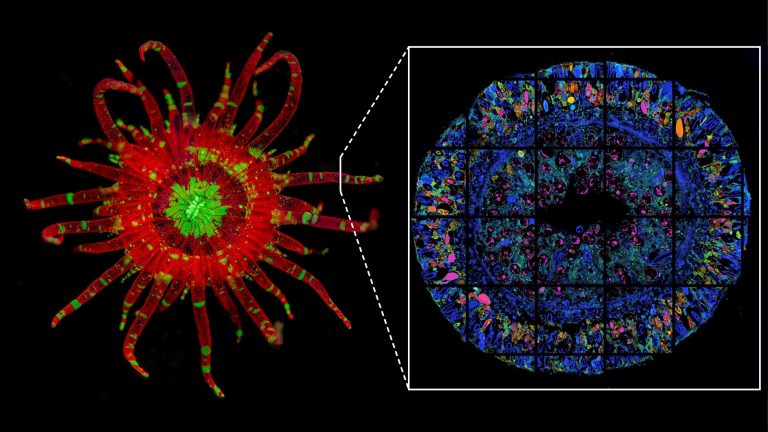
Resource competition in the cnidarian-algal symbiosis
Nils Rädecker
Coral bleaching is causing global reef degradation in times of climate change. However, the underlying causes of this collapse of the cnidarian-algal symbiosis remain unknown. Understanding the metabolic regulation of this symbiosis could hold the key to developing new strategies to predict and mitigate bleaching in the future.
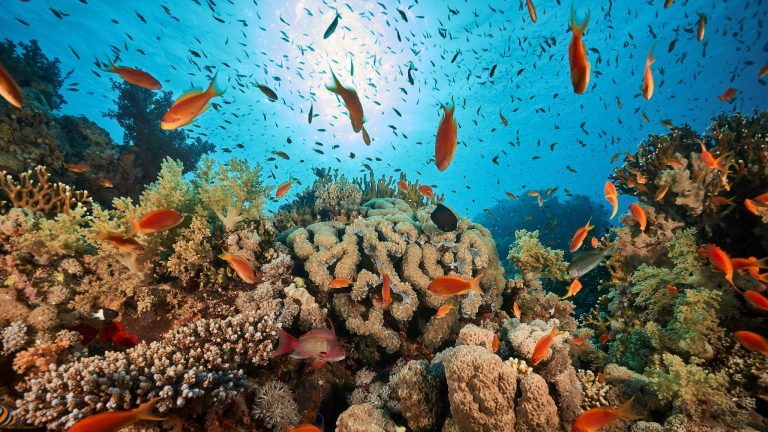
Phenotypic plasticity and thermal acclimatization of corals
Guilhem Banc-Prandi
Elevation of seawater temperatures is pushing most corals to their upper thermal limits. Their survival therefore depends on their ability to express the optimal phenotype given the local environment. The mechanisms underpinning phenotypic plasticity and thermal performance of corals remain poorly understood, especially over spatial and temporal scales, and may include genetic and non-genetic processes. Characterizing the phenotype of corals over such scales and identifying potential drivers will help better understand the role that plasticity might play in acclimatization or adaptation of reef organisms to environmental change.
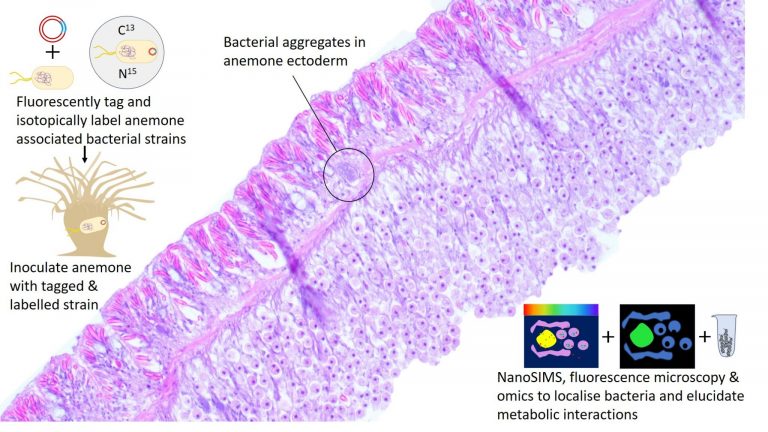
Elucidating bacterial metabolic contributions to the cnidarian holobiont using a genetic transformation approach
Laura Clare Bulson
Cnidarian holobionts comprise the cnidarian animal and it’s associated symbiotic microbes, including algae, archaea, fungi, viruses and the focus of this project: bacteria. These organisms contribute to holobiont functioning and fitness, for example by participating in nutrient acquisition and metabolic exchange. This project aims to determine metabolic roles of specific bacterial taxa and the fine scale localisation of these symbionts within the holobiont. We use bacterial strains isolated from wild Mediterranean Aiptasia mutabilis, a model photosynthetic cnidarian, to further our understanding of the mechanistic interactions of cnidarian-associated bacteria with both the host and the symbiotic algae. We combine experimental microbiome manipulation, genetic transformation, correlative imaging and NanoSIMS, and omics in a multipronged approach.
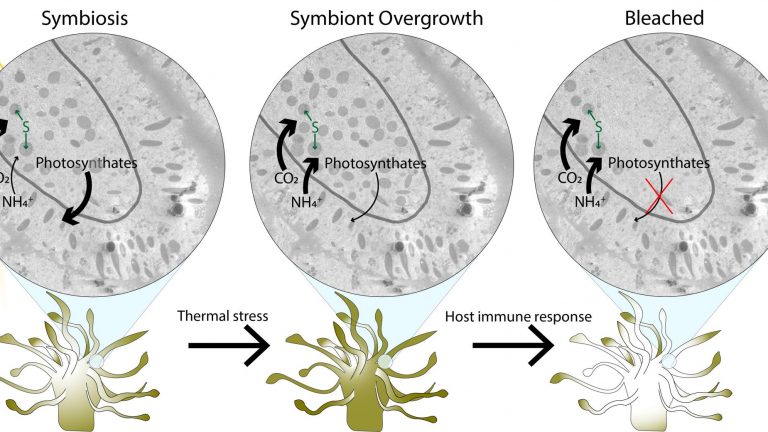
Understanding the effects of diurnal temperature variability on thermotolerance in cnidarian symbioses
Hunt Jones
Coral reefs today are under imminent threat, primarily due to rising ocean temperatures under climate change. Thermal stress disrupts the normal functioning of cnidarian-algal symbioses, leading to bleaching events, which are occurring with greater intensity and frequency as mean ocean temperatures continue to rise. The goal of this project is to investigate the role of diurnal temperature variability in increased resistance to thermal stress within cnidarian symbioses, specifically the functioning of cellular host-symbiont metabolic interactions under different temperature regimes.
Funded by the TRSC
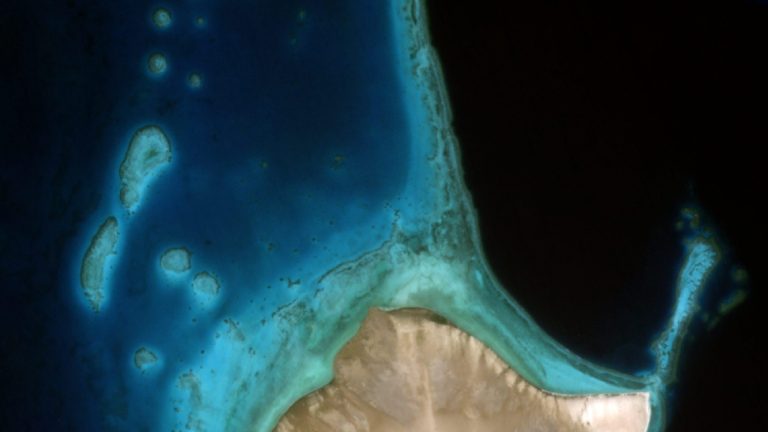
Remote Sensing & Machine Learning for Large Scale Coral Reef Monitoring
Jonathan Paul Sauder
Unprecedented abundance of remote sensing data promises to enable monitoring ecosystems at global scale and high resolutions. The goal of this project is to develop novel machine learning methods to get a better understanding of how coral reef ecosystems change over time and assess the effects of climate change & human influences on reef ecosystems.